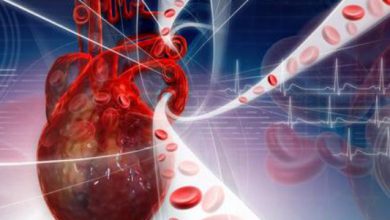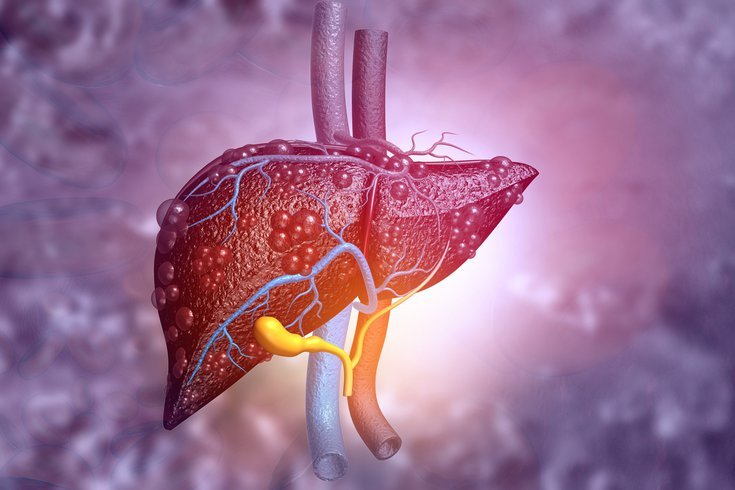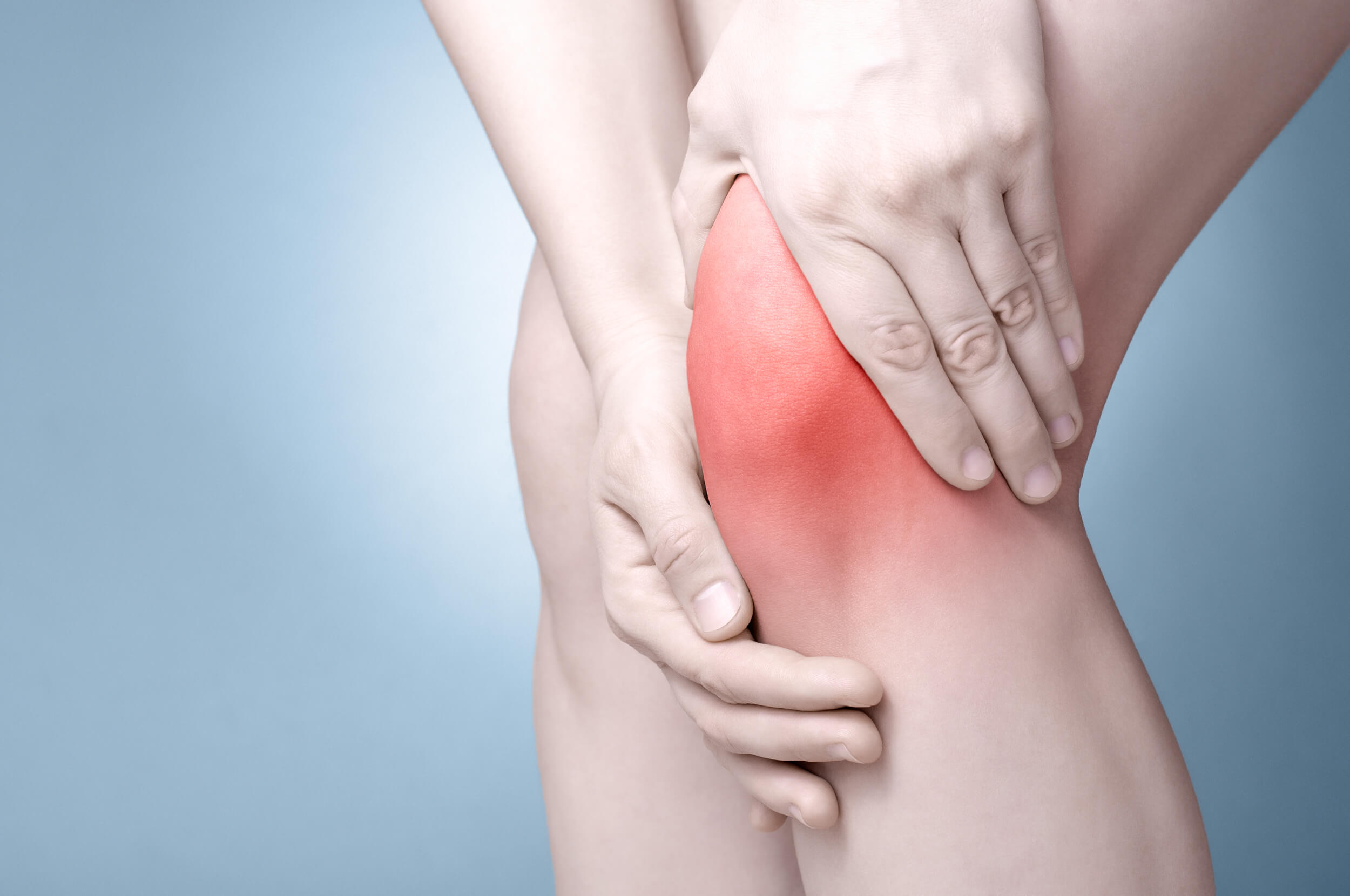What are the criteria for a good and successful rhinoplasty?
People who go for Rhinoplasty go under the razor with the idea of becoming more beautiful and changing their face, and if the result is the opposite, they will not be in a good mood.
On the other hand, the nose is one of the most important organs of the body, whose function is vital for humans, and the slightest disturbance to this organ can cause problems, so we should not neglect health to achieve beauty. Ensure your health with a specialist and then achieve beauty.
Sometimes, in addition to physical problems, there is an internal disorder such as polyps, deviation of the nasal septum, and enlargement of the nasal tentacles. In addition to solving the problem, one can also think of beauty. To achieve a good result in rhinoplasty, we must consult a specialist plastic surgeon. In the following, we will discuss the do’s and don’ts that should be observed before and after rhinoplasty.
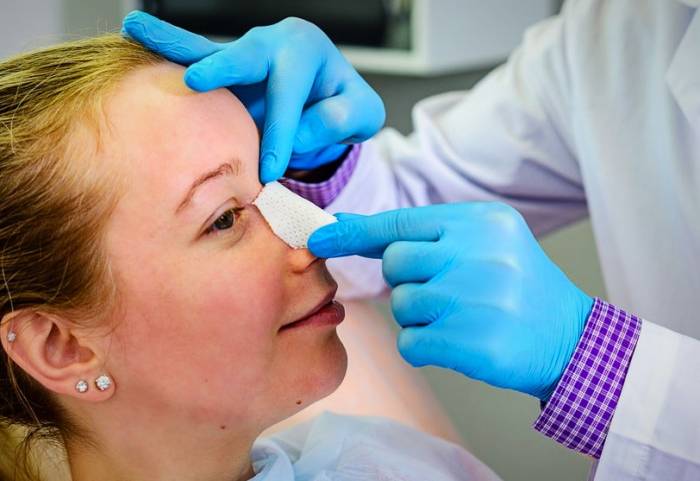
Types of open and closed nose plastic surgery
You should know that Rhinoplasty is performed in open and closed Rhinoplasty. The open method is a method in which we make a thin incision between the nostrils, in which case the skin is easily lifted from the nose, but in the closed form, incisions are made from inside the nose. But in both methods, the skin separates from the nasal skeleton because access to the nasal structure is essential. Each of the open and closed nasal surgeries has advantages that we mention.
In open surgery, the doctor can make the necessary changes, while in closed surgery, this is not easily possible. In open surgery, the ability to perform surgery on difficult noses is greater than the ease with which cartilage and bone grafts or prostheses can be placed.
Closed nose surgery is recommended for which nose, and open nose surgery for which nose?
If the nasal defect is mild and limited to bony/cartilaginous ridges, the closed method is usually preferred. The nose requires minor surgery, but in reconstructive surgery, which is often performed a second time, the deformity is due to trauma. , Nasal defects and asymmetry, congenital nasal defects open method is preferred. The existing method in fleshy nose surgery will be more appropriate because it often requires strengthening and reconstruction to form the existing weak cartilage.
What is effective in Rhinoplasty?
The quality of nasal skin is one of the main factors in determining the final result of Rhinoplasty. Following the tips after Rhinoplasty is not ineffective in achieving the desired effect, but the main factor of Rhinoplasty is the expertise and experience of the surgeon.
Is rhinoplasty better with anesthesia or not?
Of course, the doctor’s opinion is the first step in examining the person’s condition. Still, if all the necessary standards are met, complete anesthesia is better than local anesthesia. Opinions vary, but as mentioned, the best opinion will be given by your plastic surgeon, so be careful in choosing the right doctor for your nose job.
Important points before Rhinoplasty
- Smoking is prohibited from two weeks before surgery
- Aspirin and similar medications such as proven should not be taken for at least two weeks before surgery because they increase the tendency to bleed.
- If you have a cold, postpone the nose job.
- Use herbal or chemical remedies in consultation with your doctor.
- As with most surgeries, do not eat for 8 hours before surgery.
The importance of a balanced weight should not be overlooked. Patients who plan to undergo elective surgery and are pre-scheduled should not have a weight problem. This means that people with malnutrition, both primary and secondary, must reach their normal weight before surgery. On the other hand, obese people with a body mass index higher than 40 to 45 and above should lose weight. This reduces the risk of action.
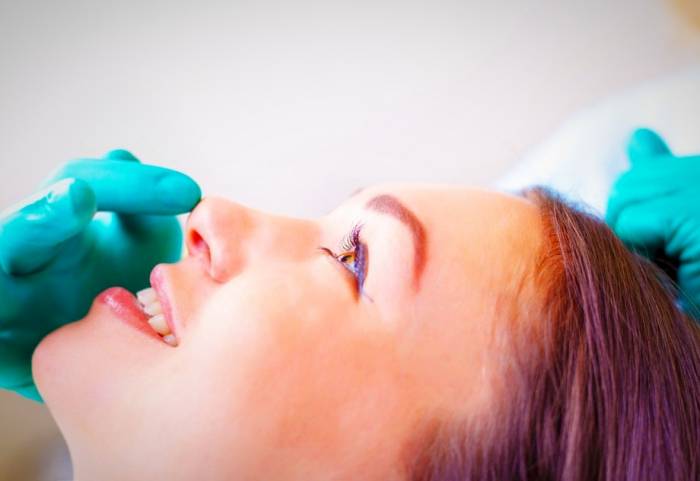
Important points and care after Rhinoplasty
- In the first days after the operation, any blow to the nose should be avoided. For example, when sleeping, you should sleep in an open arch.
- An ice pack on the eye, which is given to a person 24 hours after Rhinoplasty, is essential to reduce swelling.
- Nasal discharge with pressure up to 2 to 3 weeks after surgery should never be done.
- For several weeks after surgery, the inside of the nose can be rinsed several times a day with saline solution to improve breathing.
- In the first weeks after surgery, it is important to avoid sun exposure.
- As much as possible, it is best not to wear glasses, especially heavy sunglasses, for a few weeks after surgery.
- Avoid strenuous exercise for two to three weeks after surgery.
- It is forbidden to eat foods that cause skin allergies and itching. It is also not recommended to eat foods that require prolonged chewing until the first week after Rhinoplasty.
- It is not forbidden to wash your face or take a bath until the dressing is wet on your nose.
What to eat and what not to eat after Rhinoplasty?
Hard foods are prohibited, and eating soup, cooked potatoes, and boiled vegetables are not forbidden.
Eating slow-digesting foods is not recommended.
Avoid spicy foods.
Drink fluids.
Avoid acidic fruits such as oranges and orange juice on the day of surgery.
Mango, pure pineapple juice is suitable for the first days after rhinoplasty.
Useful food for the first week after Rhinoplasty
From the second day onwards, the condition gradually improves. The person can eat more easily, but keep in mind that overeating and undereating will both be equally harmful during this period. You are recovering in the first week after Rhinoplasty, and you should not take this opportunity to lose weight, so start a nutritious diet with less volume.
The issue of vitamins C and D and the mineral zinc is very important because vitamin C and zinc are very important in the rapid healing of wounds, so it is best to supplement them with dietary sources of vitamin A.
Do not forget that zinc in cereals and meats, vitamin A in meats and dairy products, and vitamin C in various fresh fruits and vegetables, especially citrus fruits, and their consumption contribute to the healing process.
Rhinoplasty and pregnancy
According to the plastic surgeon, Rhinoplasty is allowed two months after delivery, and one month after cosmetic surgery, you can get pregnant. Still, it is better to be longer so that the complications of physical weakness do not occur.
The nose, both as an organ located in the center of the face and plays an essential role in the fit of facial components and as an important organ in the health of the body that forms the first part of the airways, with two important roles in beauty and health sensitivity. It causes double effects in Rhinoplasty. Therefore, a combination of full knowledge, art, and experience of the surgeon and the necessary understanding of patients effectively increases the probability of success of these surgeries.
The success of Rhinoplasty should be defined so that if it has a positive effect on facial beauty after Rhinoplasty, it will also maintain the health of the nasal airways. Therefore, to be more aware of the causes of rhinoplasty surgery, I will explain the necessary points in these surgeries; observing them will bring a combination of beauty and healthy nasal function for the patient.
The main criteria for successful Rhinoplasty
In a beautiful face, in the first encounter, the gaze is turned to the eye, and if the nose is so clear after the operation that it attracts the first look, this nose has not made a face more beautiful. With this simple knowledge of the basic criteria for rhinoplasty success, we find that many noses that look like a surgical and abnormal nose are not only not added to the beauty of people, but also by showing the effects of surgery on the face of principles. They have distorted beauty.
Factors that affect the desired outcome after Rhinoplasty
One of the most important factors in postoperative success is an accurate diagnosis. This issue is important in diagnosing the cause of non-aesthetic nose in the face based on accurate facial analysis and correct and accurate diagnosis of respiratory problems before surgery.
For all patients who are about to have Rhinoplasty, I perform three important diagnostic tests:
1) Diagnostic endoscopy of the nose that best shows the internal anatomy of the nose.
2) Rhinomanometry, which allows accurate assessment of the nasal airway.
3) Acoustic rhinometry that shows any obstruction and narrowing of the nasal passage.
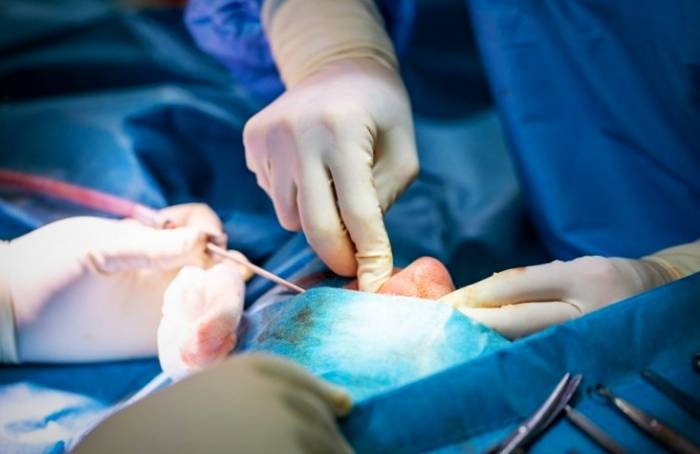
Before starting cosmetic procedures and reshaping the nose at the beginning of the operation, the surgeon should make every effort to eliminate the deviation of the nasal septum and open the airways. And after making sure of the natural method of breathing, go to the second part of the surgery, which includes correcting the appearance of the nose and creating a fit in different parts of the nose and face.
If the inner lining of the nose is not repaired, the patient will have nasal breathing problems after the operation.
In addition to creating fit in the nose itself, Rhinoplasty should make a more pleasurable connection between the nose and other parts of the face. In this case, too, with 100% confidence in the principles and methods I use, patients leave the detailed operation plan based on the principles of facial plastic surgery and the patient’s cosmetic and respiratory problems to the surgeon’s experience, art, and knowledge, because Rhinoplasty is a matter of taste. It is not.
The nose is not like a dress model that everyone chooses according to their taste. The best nose for each person is just one nose, based on the texture and materials of the nose, the proportions of the facial components, and maintaining respiration. According to the principles of beauty, only the nose creates the maximum beauty for the face that has the ultimate fit with the beginning, not the top small; for example, if the nose is too short and the ratio is not correct, it looks like this. The lower part of the face is elongated and prominent, or the upper lip is very long. In some operations that only pay attention to the shrinkage of the nose, not only the beauty of the person does not increase, but also the fit of the face is completely lost. It means beauty in proportion and harmony between the components.
What are the methods of strengthening the nose in Rhinoplasty?
In these methods, the nasal skeleton is regenerated, and weak tissues are strengthened. Therefore, in the long run, the sagging nose is less. Rhinoplasty relied more on removing and removing nasal tissue in the old methods, and the nose almost always shrank.
The drawbacks of these methods show themselves in the following years, and for this reason, it took several decades to eliminate them with more knowledge gradually. In these methods, in the long run, the tissues hang down because the skeletal support of the nose decreases and the nose wrinkles in old age, and most patients also have respiratory problems.
Flesh nose operation
In fleshy noses, it is essential to use methods to strengthen the nasal skeleton to increase support for the soft tissues of the nose. Surgery of this type of nose using new methods is associated with favorable results. In unique ways, instead of removing the fleshy tissue of the nose, the skeleton of the tip of the nose is strengthened by adding connective tissues.





